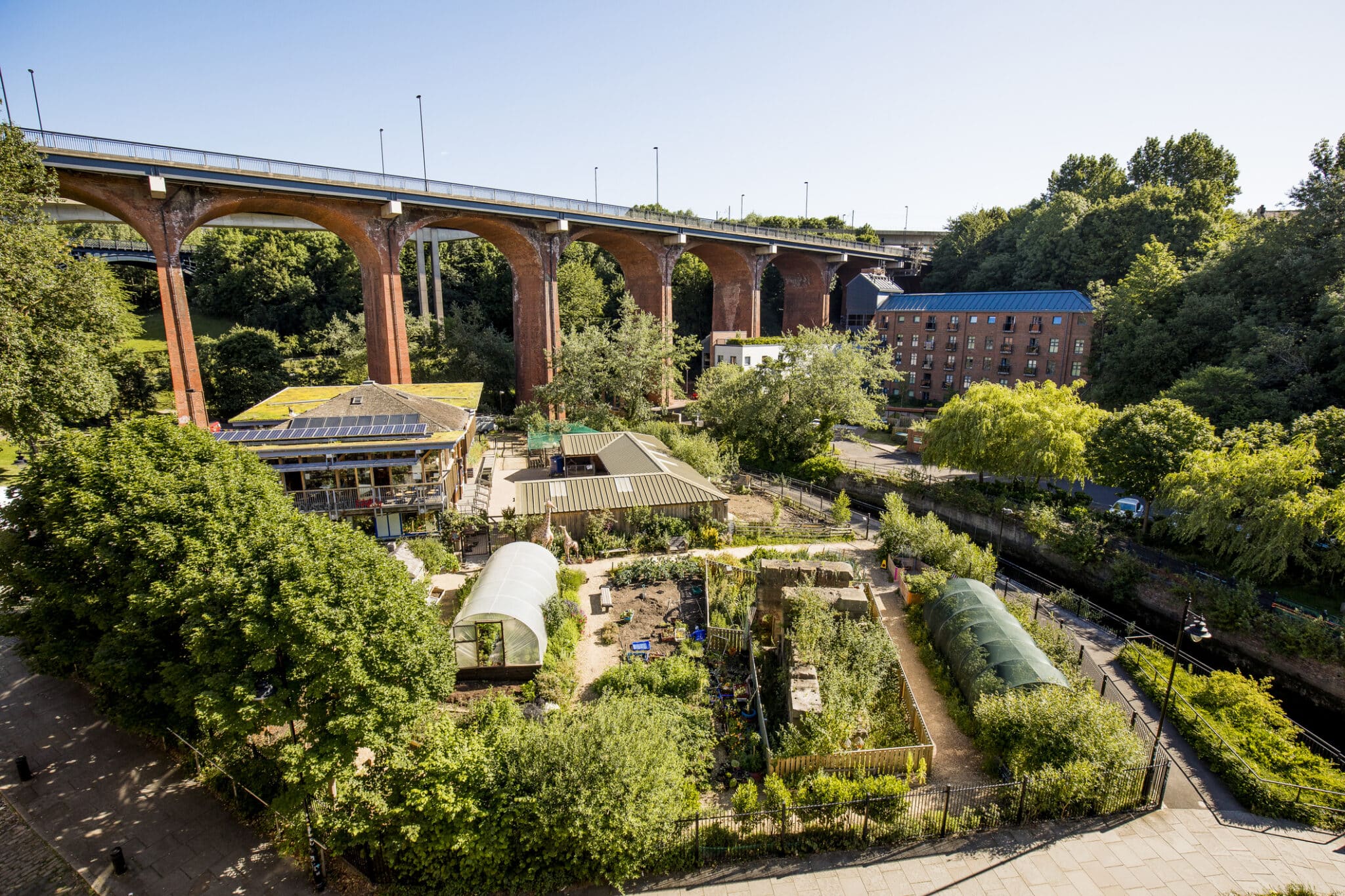The Only Guide to City Blooming
The Only Guide to City Blooming
Blog Article
City Blooming Fundamentals Explained
Table of ContentsThe smart Trick of City Blooming That Nobody is DiscussingThe 9-Minute Rule for City BloomingThe Main Principles Of City Blooming City Blooming - An OverviewCity Blooming Fundamentals Explained
Fascinated in expanding food for sale in the City of Chicago? Below is a checklist of often asked concerns pertaining to the guidelines and policies that growers should take into consideration when intending a metropolitan farming task.
The zoning modification does not change any kind of various other codes dealing with composting, building licenses, acquiring or leasing City owned home, service licenses or ecological contamination. There are existing codes that control these concerns and they continue to be completely effect and might be applicable to your job. Community yards are typically owned or handled by public entities, civic organizations or community-based companies and maintained by volunteers.
Urban farms grow food that is meant to be sold, either on a nonprofit or for-profit basis. As a result of their commercial objective, urban ranches require an organization certificate. Yes. A neighborhood yard is allowed to sell excess create that was expanded on site if the sales are accessory or subservient to the garden's primary function explained above.
Getting The City Blooming To Work
The quantity of garden compost material can not go beyond 25 cubic backyards at any kind of given time according to the requirements in 7-28-715 of the City's Municipal Code. Due to the fact that the dirt at the majority of brand-new yard websites needs changing, garden compost, soil, wood chips, or various other products can be acquired to construct or boost the growing room.

If a structure license is called for after that the hoophouse will be thought about an accessory structure. You can learn even more about the building permit demands by calling the Division of Structures. The 25,000-square-foot dimension limitation is meant to avoid a solitary community yard from dominating a given block or detracting from the block's existing household or business personality.
The restriction does not apply to yards situated in Public Open Room (POS) districts. Can there be even more than one area yard that is 25,000 square feet on a single block? Fence is not needed, nonetheless, gardens that have large auto parking locations may be needed to mount fence or other landscaping attributes.
Unknown Facts About City Blooming
B1 & B2 districts need that all commercial use activities be performed indoors. Is secure fencing needed for city ranches? Fencings may be required, along with landscaping and screening, for certain vehicle parking areas and exterior job or storage space areas depending on location and the particular task taking location.
Urban ranches need building authorizations and zoning authorizations prior to building (eco-friendly practices). Various other kinds of city testimonial may be needed depending on specific structures, activities, dimension, landscape design, licensing, public heath and stormwater administration issues.
Yes. The kind of license is identified by what is occurring at the website. The Department of Service Matters and Customer Defense can help identify the details sort of service license that's needed. Yes. Off road parking is required for most industrial jobs in Chicago. The needed number of garage is based on the number of workers working on website and not the square video of the growing area.
What Does City Blooming Do?

Yes. A metropolitan ranch can offer compost product created on website, however, the operation needs to abide by the laws in 7-28-715 of the Chicago Municipal Code. Yes. Aquaponic systems are permitted indoors on urban farms in numerous zoning districts. A zoning evaluation and building authorization is needed in order to set up structures or systems and a service license is needed as defined over.
As much as five hives or swarms of honey bees might be maintained as an accessory usage. Beekeepers should sign up with the Illinois Division of Farming. For even more information regarding the proposed zoning amendment you might speak to the Division of Real Estate and Economic Growth, Bureau of Preparation and Zoning at 312.744.8563.
Farming in cities and urban locations A metropolitan ranch in Chicago. Urban farming describes numerous techniques of cultivating. https://www.goodreads.com/user/show/179466644-daniel-nold, handling, and dispersing food in metropolitan locations. The term also relates to the location activities of pet husbandry, tank farming, beekeeping, and gardening in an urban context. Urban agriculture is identified from peri-urban agriculture, which happens in rural areas at the edge of suburbs.
City Blooming Fundamentals Explained
, who look for to form social networks started on a shared values of nature and area holism. These networks can establish by method of formal institutional support, coming to be integrated right into neighborhood town preparation as a "transition town" movement for lasting urban growth.
Some of the initial evidence of urban farming comes from best site Mesopotamia.
Report this page